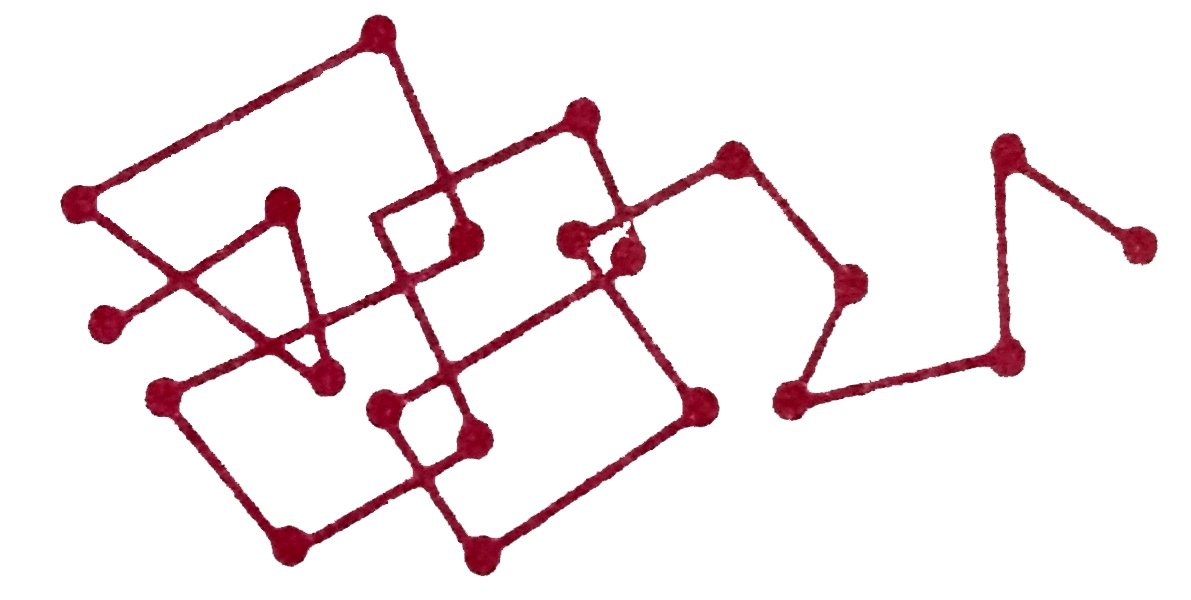Gaseous movement within the plant body is due to
Diffusion and sometimes by active transport
Active transport and sometimes by diffusion facilitated diffusion
Active transport only
Diffusion only
To solve the question regarding the gaseous movement within the plant body, we can follow these steps:
1. Understanding Transport Mechanisms:
- In plants, transport mechanisms are categorized into two main types: passive transport and active transport.
2. Defining Passive Transport:
- Passive transport occurs along the concentration gradient, meaning substances move from an area of higher concentration to an area of lower concentration without the use of energy (ATP).
3. Types of Passive Transport:
- Passive transport includes diffusion and facilitated diffusion.
- Diffusion is the movement of molecules (gases and some liquids) directly through the cell membrane.
- Facilitated diffusion involves the use of specific proteins to help transport substances across the membrane, but it still occurs along the concentration gradient.
4. Defining Active Transport:
- Active transport, on the other hand, moves substances against the concentration gradient (from low to high concentration) and requires energy in the form of ATP.
5. Gaseous Movement in Plants:
- Gaseous substances in plants primarily move through the process of diffusion. This is because gases naturally move from areas of higher concentration to areas of lower concentration without the need for energy.
6. Evaluating the Options:
- The options provided are:
- A) Diffusion and sometimes by active transport
- B) Active transport and sometimes by diffusion
- C) Facilitated diffusion
- D) Active transport only
- E) Diffusion only
- Based on our understanding, the correct answer is that gaseous movement within the plant body is due to diffusion only.
Final Answer:
- The correct answer is E) Diffusion only.
---
- In plants, transport mechanisms are categorized into two main types: passive transport and active transport.
- Passive transport occurs along the concentration gradient, meaning substances move from an area of higher concentration to an area of lower concentration without the use of energy (ATP).
- Passive transport includes diffusion and facilitated diffusion.
- Diffusion is the movement of molecules (gases and some liquids) directly through the cell membrane.
- Facilitated diffusion involves the use of specific proteins to help transport substances across the membrane, but it still occurs along the concentration gradient.
- Active transport, on the other hand, moves substances against the concentration gradient (from low to high concentration) and requires energy in the form of ATP.
- Gaseous substances in plants primarily move through the process of diffusion. This is because gases naturally move from areas of higher concentration to areas of lower concentration without the need for energy.
- The options provided are:
- A) Diffusion and sometimes by active transport
- B) Active transport and sometimes by diffusion
- C) Facilitated diffusion
- D) Active transport only
- E) Diffusion only
- Based on our understanding, the correct answer is that gaseous movement within the plant body is due to diffusion only.
- The correct answer is E) Diffusion only.
Topper's Solved these Questions
Similar Questions
Knowledge Check
The movement of cilia and flagella is due to the presence of
Aradial spokesBcentral sheathCsinglet microtubulesDdyneins.
The diagram shows some movement in plants.

What is geotropism?
View SolutionCorrect pathway of water movement in plant roots is
View SolutionDiffusion is important for plants as it is the only means for movement of .............. within the plant body.
View SolutionThe movement of sunflower in accordance with the path of sun is due to
View SolutionUpward movement of water in plants is called
View SolutionThe cause of Brownian movement which is not shown by true solutions or suspensions is due to

View SolutionThe diagram shows some movement in plants.

What is the aim of the experiment?
View Solution